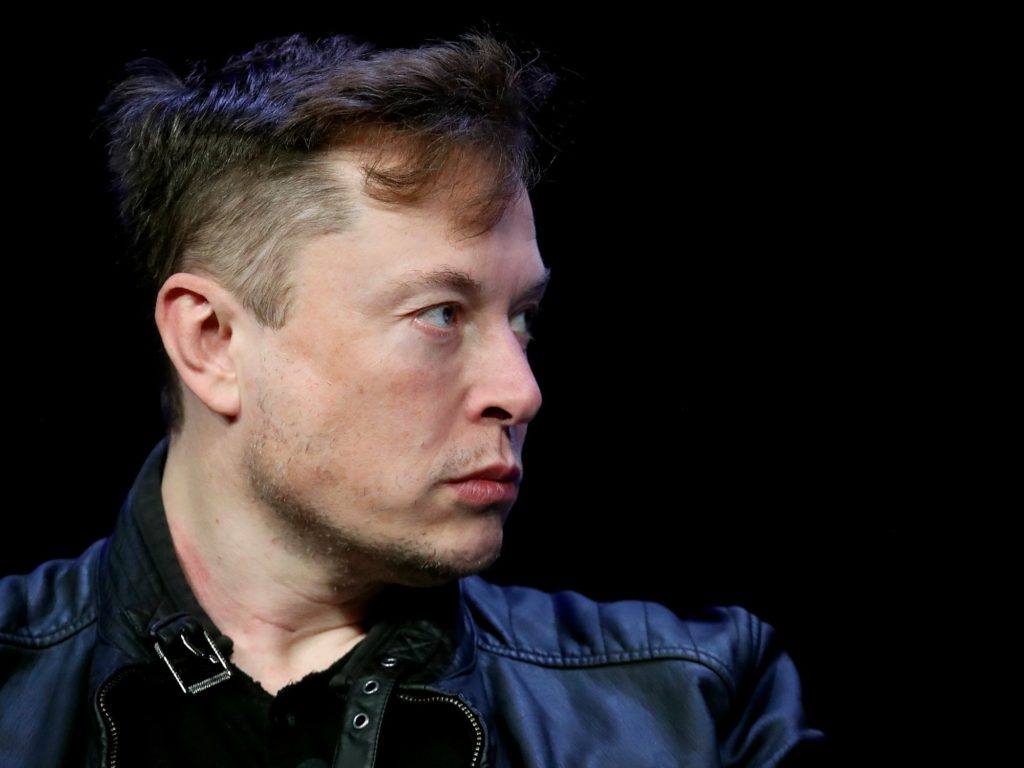Elon Musk isn’t the only car executive facing critical moments in 2023.
(Bloomberg) —
The automaker that, for the longest time, could do no wrong is capping off a rough 2022 with an awful December.
Tesla lost about $219 billion of market value just this month entering Friday’s session, which is almost as much as Toyota — the second-most valuable car company — is worth. Price and production cuts in China and heavy discounting in the US, where Tesla’s growth seemingly was unabated for a decade, has combined with investors growing increasingly concerned that CEO Elon Musk is more focused on overhauling Twitter than keeping at bay the many legacy automakers pushing into the electric-vehicle market.
Musk’s pledge late Thursday that he’ll stop selling Tesla shares at least through next year isn’t doing much to help the stock. After all, he made similar proclamations in April and August, only to then keep offloading billions more.
What Tesla needs next year are reinforcements for its product line. The company recently started delivering its long-awaited Semi truck — several years late, it should be noted — and plans to start producing its first pickup, the Cybertruck, in 2023. Tesla is far from finished as a growth story, but a tough economy with high inflation and rising interest rates will challenge even the indomitable Musk.
Tesla isn’t the only carmaker facing critical moments next year. Here are some additional storylines to watch:
GM’s EV Push
General Motors has been talking about its Ultium battery platform and cell factories for several years. The first two Ultium-based vehicles, the Cadillac Lyriq and GMC Hummer pickup, are being built in very small numbers. With the battery plant in Lordstown, Ohio, ramping up production, 2023 will be the year GM goes big on EVs.
Assembly should ramp up for both vehicles, and GM will start producing the fleet version of the Chevrolet Silverado EV, followed by the Chevy Blazer and Equinox EVs. The lower-priced Equinox goes on sale in the fall. This year will be a major proof point for CEO Mary Barra’s strategy. No more investor presentations and slide decks — it’s time to build and sell some EVs.
Robotaxis at a Crossroads
December brought some good news for autonomous vehicles, a sector that’s been getting little love from investors recently. GM’s Cruise expanded to Phoenix and Austin, Texas, while Alphabet’s Waymo applied for the final permit it needs to sell driverless rides and opened up trips to the Phoenix airport to the public. While Ford and Volkswagen buried their self-driving venture Argo AI this year and Tesla’s robotaxis are still missing, Cruise and Waymo will be trying to prove they can build viable businesses in 2023.
Used-Car Pain
Earlier this month, Carvana creditors including Apollo Global Management and Pacific Investment Management signed a pact pledging not to fight each other while the online used-car retailer tries to restructure its debt.
Carvana had $316 million in cash and more than $7 billion in debt at the end of the third quarter, according to Bloomberg data. A heavy debt load and falling used-car values have hammered profits, pushing shares down 98% this year. The key moment could come in March, when Carvana has an interest payment due on its 2029 bonds. If Carvana pays, then a deal could be in the works to restructure debt. If not, it’s a sign bankruptcy is possible, according to Bloomberg Intelligence analyst Joel Levington.
Auto-Lending Squeeze
Bloomberg Intelligence sees auto captive-finance profits falling 35% this year. What does that mean for all of these investments in EVs and self-driving cars? When profits get lean, projects tend to be delayed or canceled, and new technologies with challenging margins often are most at risk.
Next year will be a tough test for a lot of the companies we follow for Hyperdrive. Tesla, legacy carmakers and a slew of new-technology startups all have enjoyed strong growth and easy-money capital markets for years. That’s poised to change in 2023.
More stories like this are available on bloomberg.com
©2022 Bloomberg L.P.










